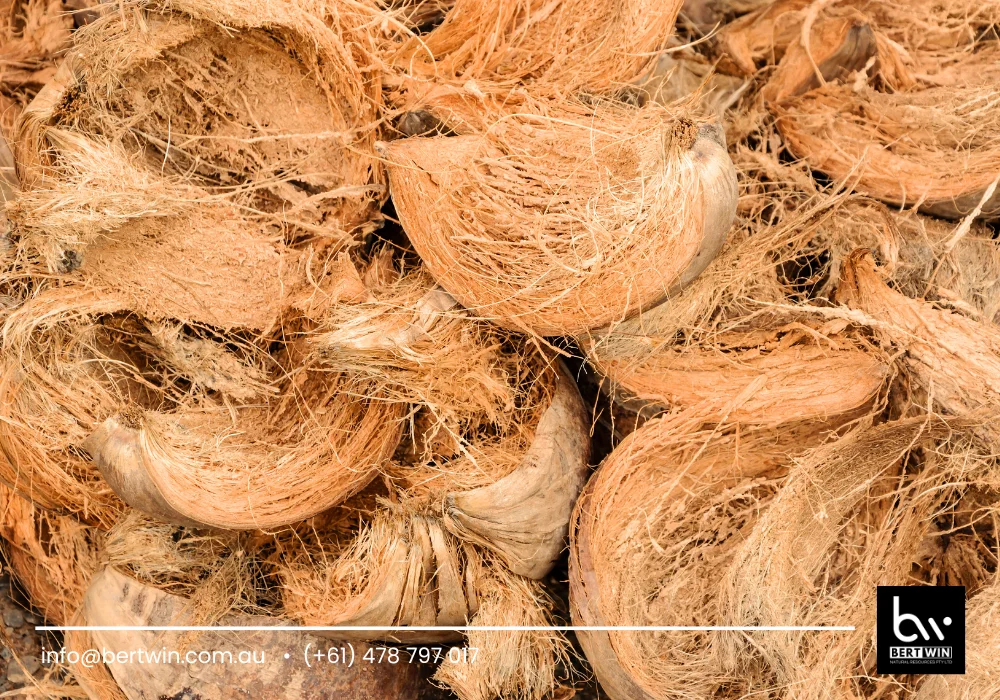Introduction
Coco peat hydroponics has become one of the most promising solutions in modern agriculture as growers increasingly shift toward sustainable, soil-free cultivation systems. The rapid growth of urban farming, the need for efficient food production, and environmental pressures on traditional soil resources have all contributed to the rising popularity of soilless growing media. Against this backdrop, coco peat hydroponics offers a renewable, high-performance medium that supports healthier plants, maximizes water efficiency, and reduces reliance on non-renewable substrates.

Understanding Coco Peat as a Hydroponic Medium
Coco peat, also known as coir pith, is a natural fiber derived from the husk of coconuts. When processed and compressed, it forms a lightweight material that can absorb large quantities of water. In coco peat hydroponics systems, the medium provides structural support for plant roots while retaining the ideal balance of moisture and aeration. Since it is naturally sterile and free from harmful pathogens, coco peat helps maintain a clean environment for hydroponic farming.
The material also decomposes very slowly due to its lignin content, making it suitable for long-term cultivation cycles. Its ability to hold air and water simultaneously helps prevent root suffocation, ensuring that nutrient solutions are absorbed efficiently.
Why Coco Peat Works Well in Hydroponics
Excellent Water Retention
One of the standout qualities of coco peat hydroponics is its ability to hold moisture without becoming waterlogged. This ensures that roots have consistent access to hydration and nutrients throughout the growth cycle.
Improved Aeration
Root aeration is critical in hydroponic farming, as oxygen availability influences plant metabolism and growth rate. Coco peat maintains a loose texture that lets oxygen circulate easily, encouraging stronger and healthier roots.
Eco-Friendly and Renewable
Coco peat is made from coconut husk by-products, making it far more sustainable than alternatives like rockwool or peat moss. Using coco peat hydroponics helps reduce agricultural waste while supporting environmentally responsible production methods.
Natural Resistance to Microbes
Because coco peat is typically washed and sterilized during processing, it is largely free from pathogens, fungi, and harmful bacteria. This reduces the risk of disease outbreaks and ensures a consistent yield.
Compostable and Biodegradable
After use, coco peat can be recycled into garden soil or compost systems. This versatility supports the goal of circular agriculture and reduces environmental impact.
Applications of Coco Peat in Hydroponic Systems
Seed Starting and Germination
Coco peat hydroponics is ideal for germinating seeds because of its soft, sponge-like structure that promotes root penetration. It also retains enough moisture to keep seeds hydrated without the risk of drowning them.
Nursery and Propagation
Growers often use coco peat to propagate cuttings thanks to its neutral pH and natural sterility. Rooting hormones work effectively in this medium, helping cuttings establish roots rapidly.
Commercial Hydroponic Farming
Large greenhouse operations rely on coco peat hydroponics for crops such as tomatoes, cucumbers, berries, lettuce, herbs, and peppers. The medium’s consistency helps ensure predictable water and nutrient distribution.
Small-Scale Urban Farming
Home gardeners and hobby growers appreciate coco peat for its clean, odorless, and lightweight qualities. It is suitable for balcony gardens, indoor growing tents, and vertical farming setups.
Coco Peat vs. Other Hydroponic Media
When compared to perlite, rockwool, clay pebbles, and other media, coco peat hydroponics stands out for its environmental benefits, moisture retention, and affordability. Rockwool requires energy-intensive production, whereas coco peat is naturally abundant. Clay pebbles offer excellent aeration but poor water-holding capacity, making coco peat a more balanced option.
Additionally, coco peat blends well with perlite or vermiculite, allowing growers to customize the texture depending on the needs of specific crops.
How to Use Coco Peat in Hydroponics
Hydration and Expansion
Coco peat bricks or blocks must be fully hydrated before use. Once soaked, they expand several times in size and form a fluffy medium ready for planting.
Rinsing and Buffering
Although most high-quality coco peat is pre-washed, some may contain residual salts. Rinsing with fresh water and adjusting pH (typically around 5.5–6.5) ensures optimal nutrient availability.
Mixing With Other Components
While coco peat can be used on its own, many hydroponic growers mix it with perlite to improve drainage. A common ratio is 70% coco peat and 30% perlite.
Nutrient Management
Because coco peat hydroponics relies entirely on nutrient solutions, growers must maintain consistency in feeding schedules. Coco peat retains nutrients well, but proper monitoring prevents salt buildup.
Advantages for Commercial Growers
Commercial producers benefit greatly from coco peat hydroponics due to its consistency and scalability. Plants grown in coco peat tend to show faster growth rates, improved root mass, and higher yields. Furthermore, the medium can be easily transported and stored, reducing operational costs.
Coco peat also helps maintain stable moisture conditions within greenhouse environments, reducing fluctuations that can stress plants. In addition, it works well with automated irrigation systems, making it ideal for large-scale hydroponic farms.
Environmental Benefits of Coco Peat Hydroponics
The global farming industry faces increasing pressure to use renewable resources and reduce carbon footprints. Coco peat contributes to sustainability through:
• Reduced use of mined or synthetic substrates
• Recycling of agricultural waste
• Lower water consumption
• Biodegradability and compostability
By integrating coco peat hydroponics into farming systems, growers take a significant step toward long-term environmental conservation.
Conclusion
Coco peat hydroponics represents a major advancement in sustainable agriculture, combining water efficiency, renewable materials, and excellent plant performance. As global demand for clean and reliable food production continues to rise, this growing medium will play an even more important role in hydroponic farming systems. Whether used by commercial greenhouse operators or home gardeners, coco peat offers a practical and eco-friendly solution for achieving healthier plants and higher yields.
For further information, you may contact WhatsApp at (+61) 478797017 or via email at info@bertwin.com.au.
